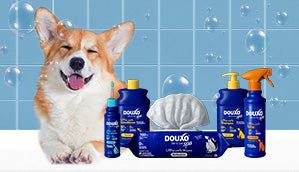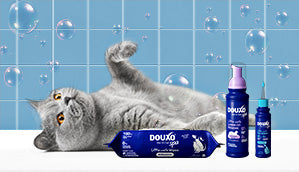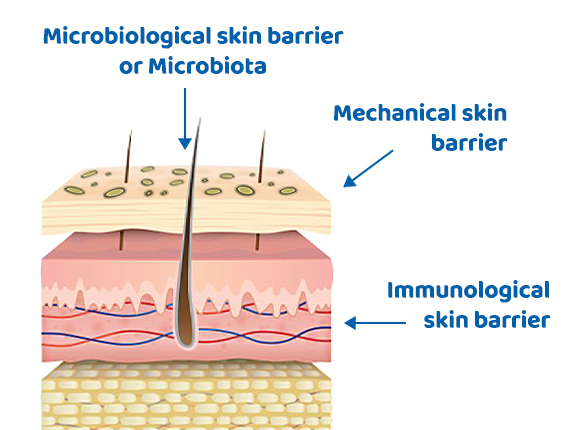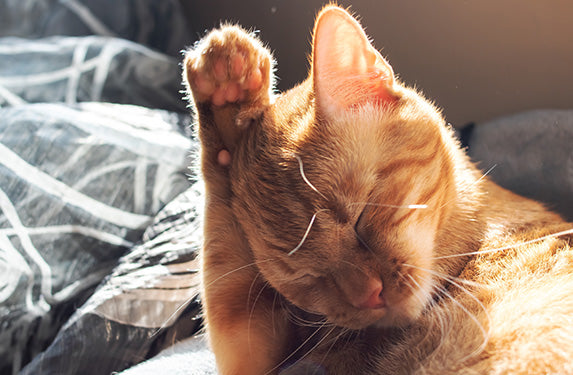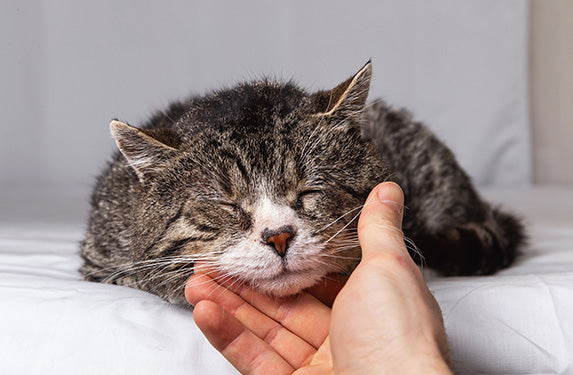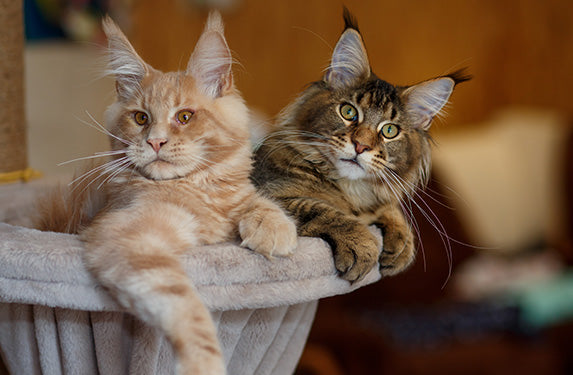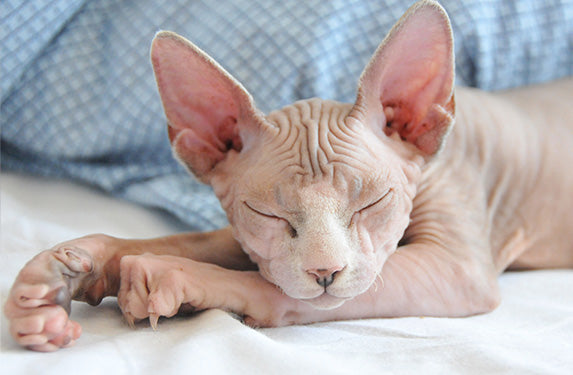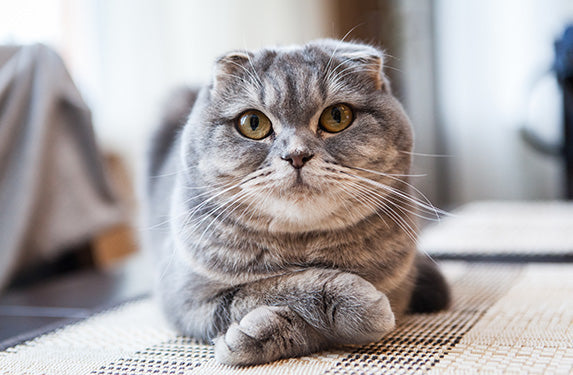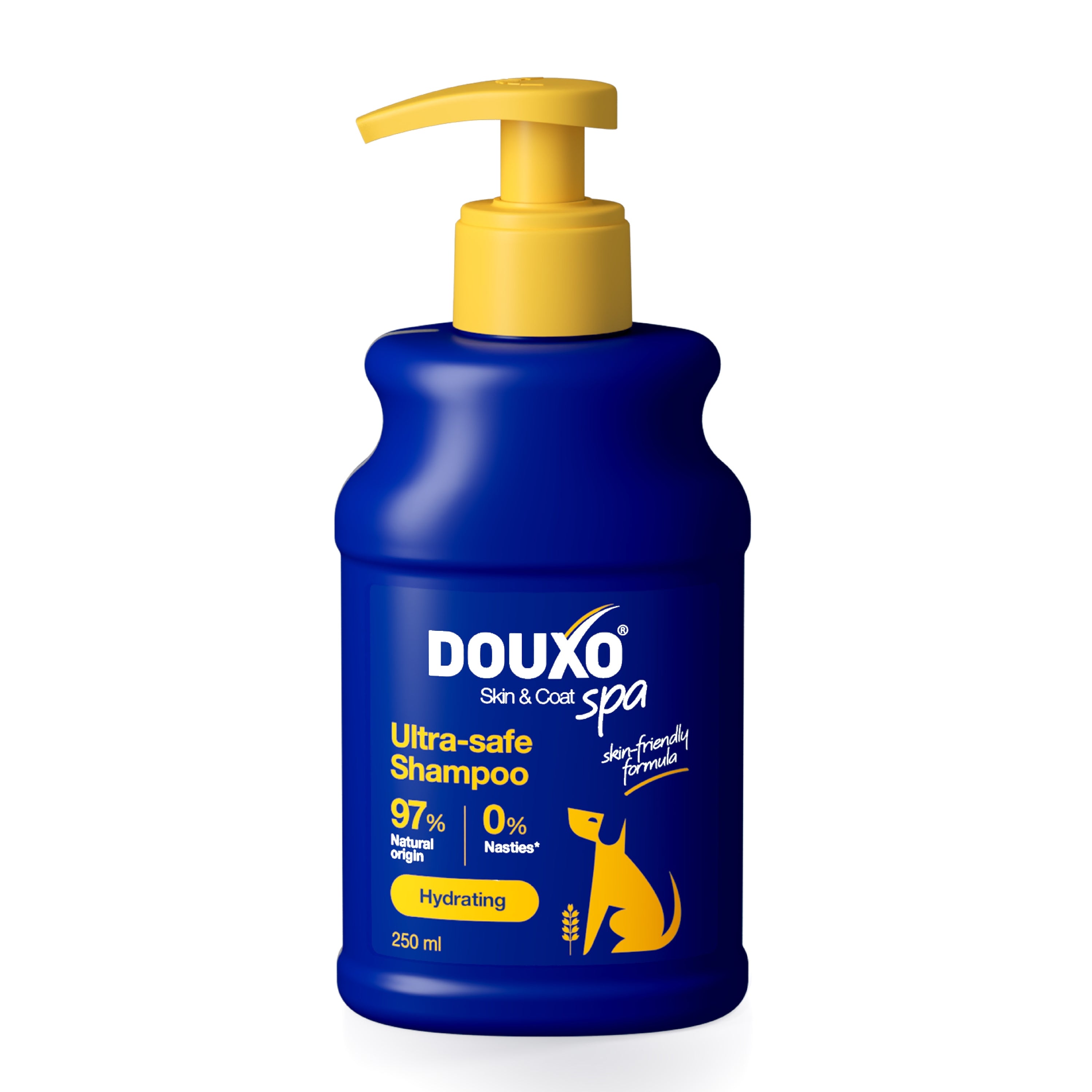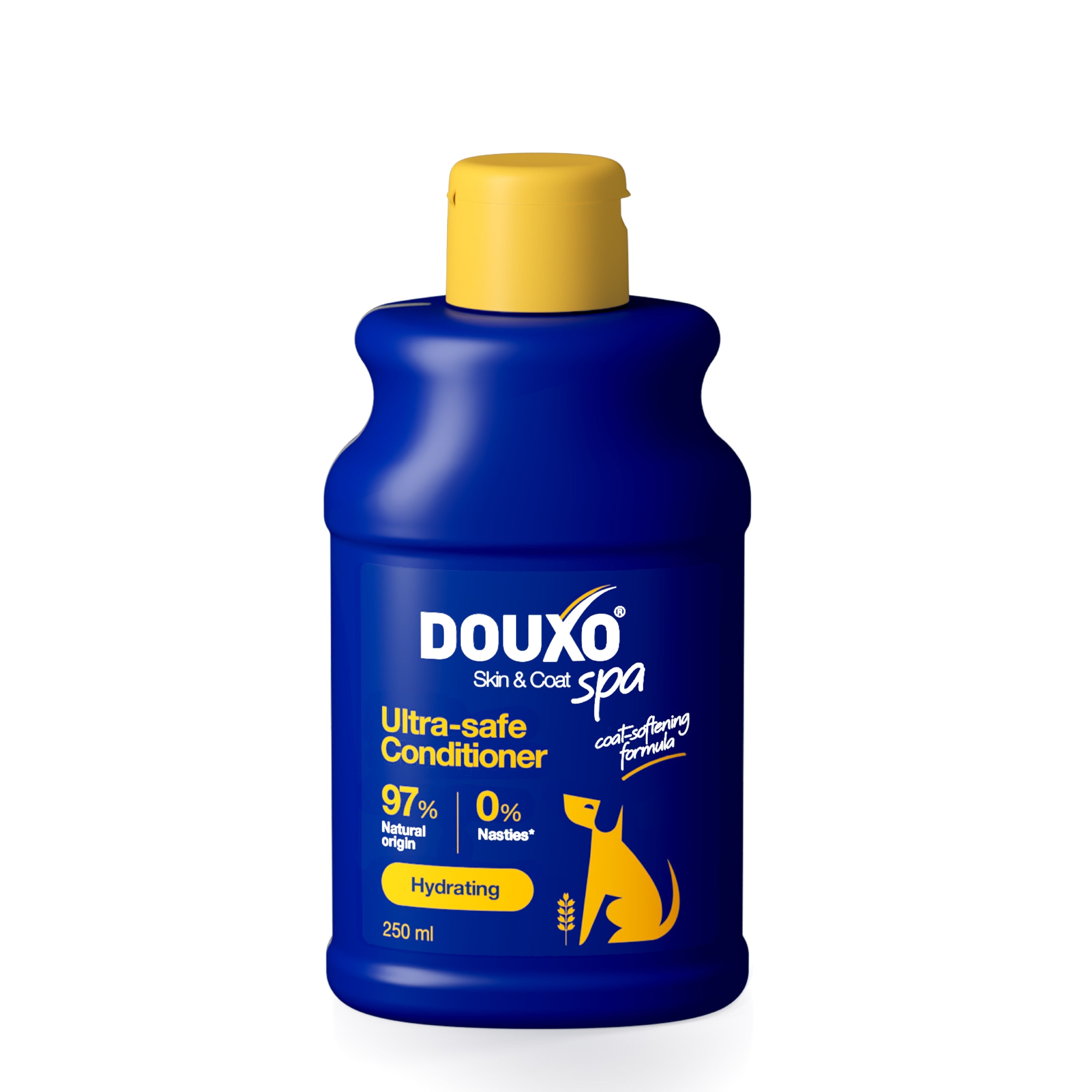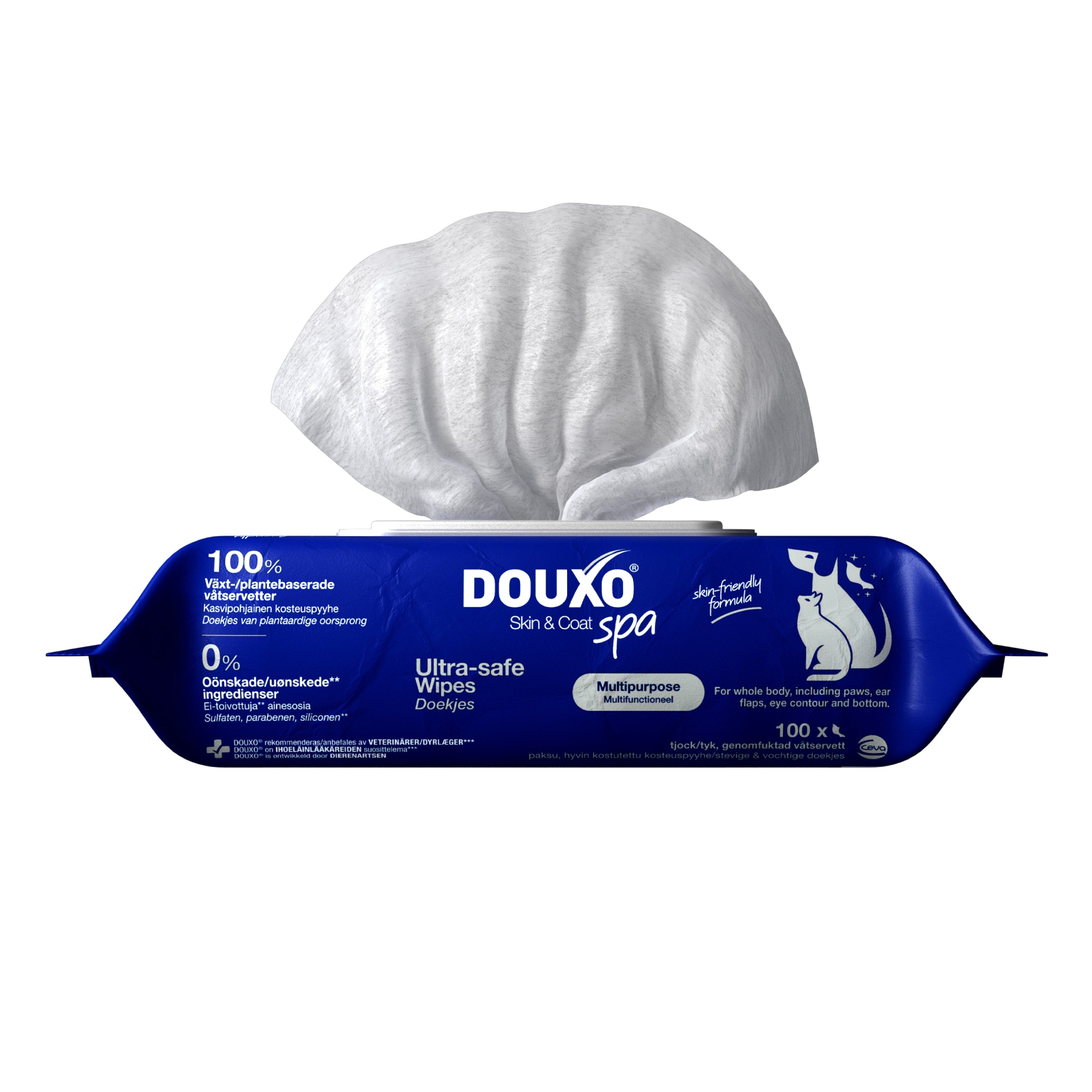Key Points
The cat’s skin
The feline skin serves vital functions—environmental protection, temperature regula...
The feline skin serves vital functions—environmental protection, temperature regulation, moisture retention and pheromone release. Three interconnected barriers require balanced care for optimal well-being.
The cat's ear
Understanding ear anatomy aids infection prevention and cleaning practices.
Understanding ear anatomy aids infection prevention and cleaning practices.
Diversity and care
Cats exhibit a diverse array of coat types, colours, and textures based on breed. P...
Cats exhibit a diverse array of coat types, colours, and textures based on breed. Proper grooming tailored to the specific needs of your cat's coat is essential for maintaining skin health and overall well-being.
The feline skin barrier, a complex and fragile ecosystem
The skin has many major roles in cat’s life: protection of outside aggression of course but not only. Temperature regulation, moisture retaining, elimination of sebum excess and release of pheromones involved in territorial marking, social and sexual communication are other important function of the skin. The skin barrier is essential to protect the body from allergens, bacteria, yeasts and all other offenders out there.
To be efficient, the skin barrier protection relies on 3 components which interact:
The mechanical skin barrier: basically cells and skin components acting like a ‘brick and mortar’ wall allowing to keep water in and offenders out.
The immunological skin barrier: cells and molecules that defends the body against offenders. As skin is an interface with the external environment, the immune system is very active.
The microbiological skin barrier: there are many microorganism that live on the skin surface (bacteria, yeasts, etc.). This balanced barrier protect from invasion of pathogen microorganisms.
This balance is fragile and deserves your care and protection.
Cat's skin is quite different from human skin in terms of anatomy and physiology. And cat's lifestyle of exploring the world can put its skin to the test. These specificities illustrate the delicateness of their skin and encourage to use products specifically developped for them.
All cats can be affected by skin disorders and you, as their families are the first one to be able to notice if there is something wrong. When weakened by aggressions, the skin barrier ecosystem is damaged and you can observe signs on your cat’s coat and skin. Should you observe signs on the skin and coat of your furry friend such as crusts, hair loss among other signs, don’t hesitate to contact your veterinarian.
The feline ear, a complex organ
What we call ‘the ear’ is actually a whole host of delicate structures working together, with only some of these parts able to be seen from the outside. So, what actually makes up the ear as a whole?
The Pinna: this is the upright, triangular earflap, made up of cartilage covered by very delicate skin.
The Ear Canal: this is the open part which runs down towards the eardrum. It is shaped like an ‘L’, which means only the vertical canal can be seen leading down from the outside. The horizontal part, and the eardrum, can only be examined using a tool called an ‘otoscope’, by your vet.
The Eardrum (Tympanic Membrane): this is the eardrum, a thin membrane which separates the outer structures of the ear from the middle and inner parts.
The Middle Ear: delicate auditory ossicles are located here, essential for hearing.
The Inner Ear: deep within the ear, the inner ear hosts part of the vestibular system (involved in balance), and the cochlea, the hearing organ.
Understanding the complicated anatomy of the ear helps to understand why ear infections are rarely simple, and why cats show certain symptoms of ear disease. If your cat shows a lack of balance, incoordination, or if their head is tilted to the side, this can indicate that the middle and inner ear are affected.
Knowing the anatomy also explains how looking at the outside of the ear isn’t sufficient to know what is going on inside. We can also learn what parts of the ear can be cleaned. Waxy discharge can build up in the ear canal and onto the pinna. This can be carefully cleaned, if indicated, to keep the ear canal open and clean. Bacteria thrive in moist, dirty, dark and low oxygen conditions, so keeping the ear canal clear can reduce the likelihood of infection. The ear drum separates the canal from the middle and inner ears, which never require cleaning, and so cleaning should not be attempted if there is any suspicion that the eardrum is ruptured. While cleaning cats’ ears, you should never insert cotton wool buds into the ear canal, as it can push earwax and other debris further down the ear, which can lead to damage to the eardrum.
As a rule, it’s a really good idea to get your cat used to having their ears handled and examined regularly at home. You’ll learn to know what’s normal, and can pick up problems more quickly.
The Cat's coat and ears: A mosaic of diversity
Just as dogs exhibit a vast array of coat variations, cats showcase an equally captivating tapestry of fur and ear diversity across different breeds. From the sleek grace of a Siamese to the flowing locks of a Maine Coon, feline coats come in a spectrum of colours, patterns, and textures, while their ears range from upright folds to tufted marvels.
Breed-specific considerations are paramount for cat owners, as certain breeds may be prone to skin sensitivities or require specialized grooming routines. For instance, hairless breeds like the Sphynx demand unique skincare to prevent irritations, while long-haired breeds such as the Persian necessitate regular grooming to prevent matting and maintain coat health.
Vigilance in grooming and monitoring is key to preserving your cat's well-being. Regular grooming tailored to your cat's breed can mitigate issues like matting and excessive shedding, promoting skin health and overall comfort. Additionally, staying attuned to changes in coat texture, colour, or ear health can alert you to potential health concerns that may necessitate veterinary attention.
As with dogs, age plays a role in feline coat care, with kittens developing their adult fur over time and senior cats experiencing changes in coat quality and potential ear issues. By embracing the diversity of coats and ears among different cat breeds and addressing their specific grooming needs, you can ensure your feline companion enjoys a lifetime of health, happiness, and radiant beauty.
Selecting appropriate skin and coat care products for your cat's diverse coat is vital for their health and appearance. Regular grooming prevents matting, controls shedding, and allows for skin monitoring. Tailor your choice to your cat's needs; long-haired breeds may benefit from detangling brushes, while sensitive skin requires gentle care. By selecting the right products based on your cat's needs, you ensure that grooming becomes a tailored and effective practice, keeping your furry friend healthy and happy.
DOUXO® Skin & Coat SPA can help you every day to take care of your cat.
We recommend
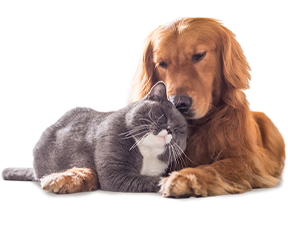
Find the right product for your pet
Take the quizSafe for you and your pet
Approved by pets and families
Recommended by vets
Discover the beauty of your cat's skin, ears, and coat. Learn about the intricate skin barrier and its crucial components, the delicate anatomy of feline ears, and the diverse tapestry of coat variations across different breeds. From protecting against infections to maintaining coat health, find out how regular grooming tailored to your cat's needs promotes overall well-being.





